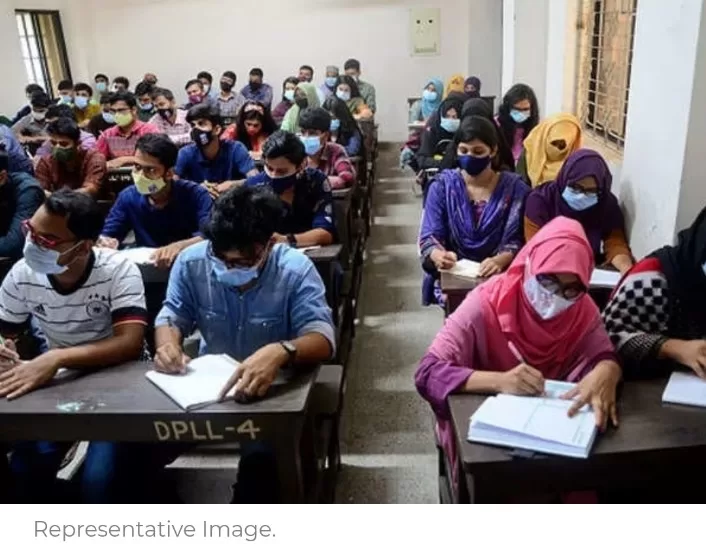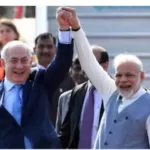India’s educational landscape, a burgeoning $117 billion industry, is marred by a perplexing predicament. While the nation boasts prestigious institutions like the Indian Institutes of Technology and Management, a wave of smaller, often subpar colleges have flooded the market. This paradox has resulted in thousands of graduates emerging with scant skills, impeding India’s progress during a crucial growth phase.
A Desperate Quest for Employment:
Driven by the desperate pursuit of employment, many young Indians are amassing multiple degrees in hopes of securing elusive jobs. These institutions often operate from inconspicuous locations such as small apartments and marketplace shops, luring students with promises of job placements that rarely materialize.
Quality Gap:
While top-tier institutions have produced global business leaders like Sundar Pichai and Satya Nadella, smaller private colleges lack qualified teachers, employ outdated curricula, and offer minimal practical experience. This has led to a severe quality disparity within India’s education system.
Global Parallels:
Globally, the debate over the value of higher education versus its cost is not unique to India. Similar controversies have arisen, including investigations into for-profit institutions in the United States. However, India’s demographic scale amplifies these complexities.
The Alarming Statistic:
Despite having the world’s largest youth population, India faces a sobering statistic. A study by talent assessment firm Wheebox reveals that half of all Indian graduates are unemployable due to educational deficiencies, contributing to an unemployment rate exceeding 7%, even amidst rapid economic growth.
Challenges for Employers:
Businesses in India struggle to hire due to the disparity in required skill sets. Yeshwinder Patial, director for human resources at MG Motor India, acknowledges the industry’s challenge in finding adequately skilled candidates.
The Education Industry’s Growth:
India’s education industry is projected to reach $225 billion by 2025, but public spending on education remains stagnant at around 2.9% of GDP, far below the government’s 6% target. This underscores the need for quality reforms in education.
Nationwide Scrutiny:
Issues with colleges extend across the country, with various institutions facing official scrutiny and student protests. Charges of selling fake degrees and false job promises have also surfaced, adding to the sector’s woes.
The Unemployment Challenge:
Unemployment is a ticking time bomb in India, with nearly a third of the youth neither working, studying, nor undergoing training. This bleak job market has pushed some young people towards crime and civil unrest.
A Cry for Skills:
Graduates ,who invested in degrees that didn’t provide practical skills, are disillusioned. Graduates highlights the gap between theoretical knowledge and employable skills as a significant issue.
Government Initiatives:
The Indian government has introduced the 2020 new education policy to address educational shortcomings and is allowing foreign universities to set up campuses in the country. However, these reforms are still in the early stages.




